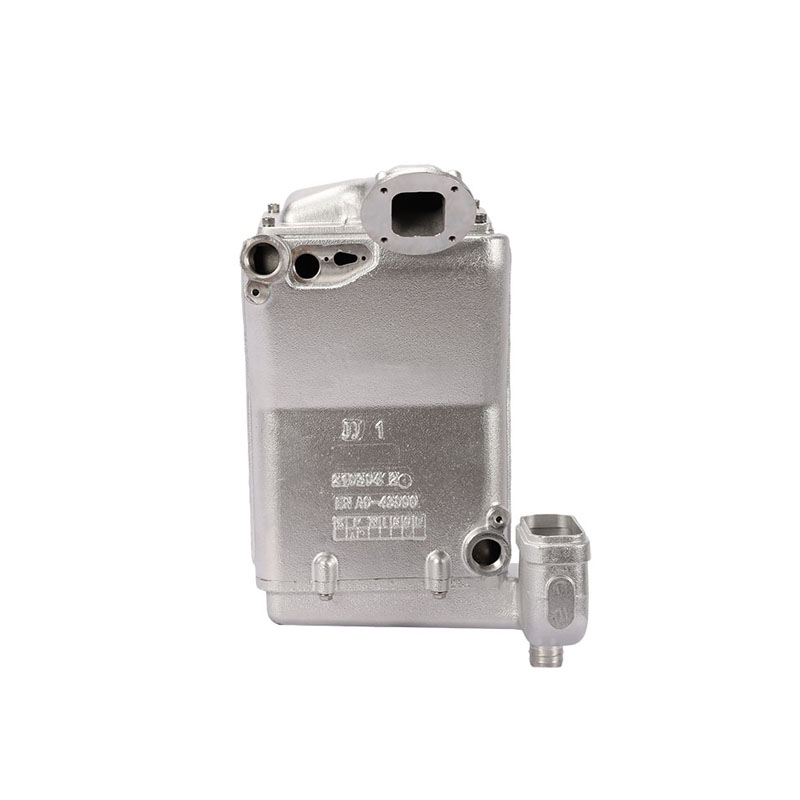
- English
- Español
- Português
- русский
- Français
- 日本語
- Deutsch
- tiếng Việt
- Italiano
- Nederlands
- ภาษาไทย
- Polski
- 한국어
- Svenska
- magyar
- Malay
- বাংলা ভাষার
- Dansk
- Suomi
- हिन्दी
- Pilipino
- Türkçe
- Gaeilge
- العربية
- Indonesia
- Norsk
- تمل
- český
- ελληνικά
- український
- Javanese
- فارسی
- தமிழ்
- తెలుగు
- नेपाली
- Burmese
- български
- ລາວ
- Latine
- Қазақша
- Euskal
- Azərbaycan
- Slovenský jazyk
- Македонски
- Lietuvos
- Eesti Keel
- Română
- Slovenski
- मराठी
- Srpski језик
How a condenser heat exchanger works
2024-04-20
A Condensing Heat Exchanger operates by cooling a gaseous stream below its dewpoint, prompting condensation. Within this category, two primary types exist: air-cooled and liquid-cooled.
In an air-cooled condenser, the gaseous stream encounters cooling through exposure to ambient air. Conversely, a liquid-cooled condenser employs a liquid coolant for the cooling process. Regardless of the type, the objective remains consistent: transforming the gaseous stream into a liquid state through cooling.
Upon completion of the cooling process, the condensed gaseous stream converts into a liquid state. However, it's essential to recognize that this condensed liquid may potentially contain contaminants from the original gaseous stream. Consequently, additional treatment steps may be necessary to ensure its purity before discharge or reuse.
A prominent application of a Condensing Heat Exchanger is in steam condensation systems, often referred to as steam condensers or surface condensers. Here, the condenser plays a pivotal role in recovering heat from exhaust steam generated by a turbine. By condensing the steam back into a liquid form, valuable heat energy is recovered and reused, thereby lowering operational costs for the plant.
Overall, Condensing Heat Exchangers play a critical role in industrial processes, facilitating efficient cooling and condensation of gaseous streams while enabling heat recovery and cost savings through the reuse of condensed liquids.



